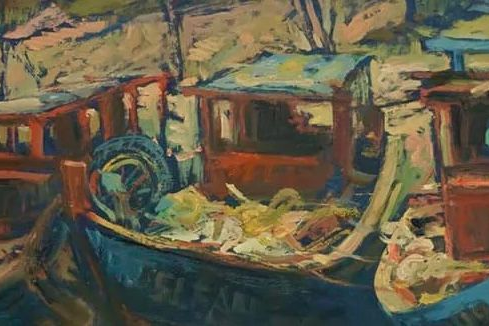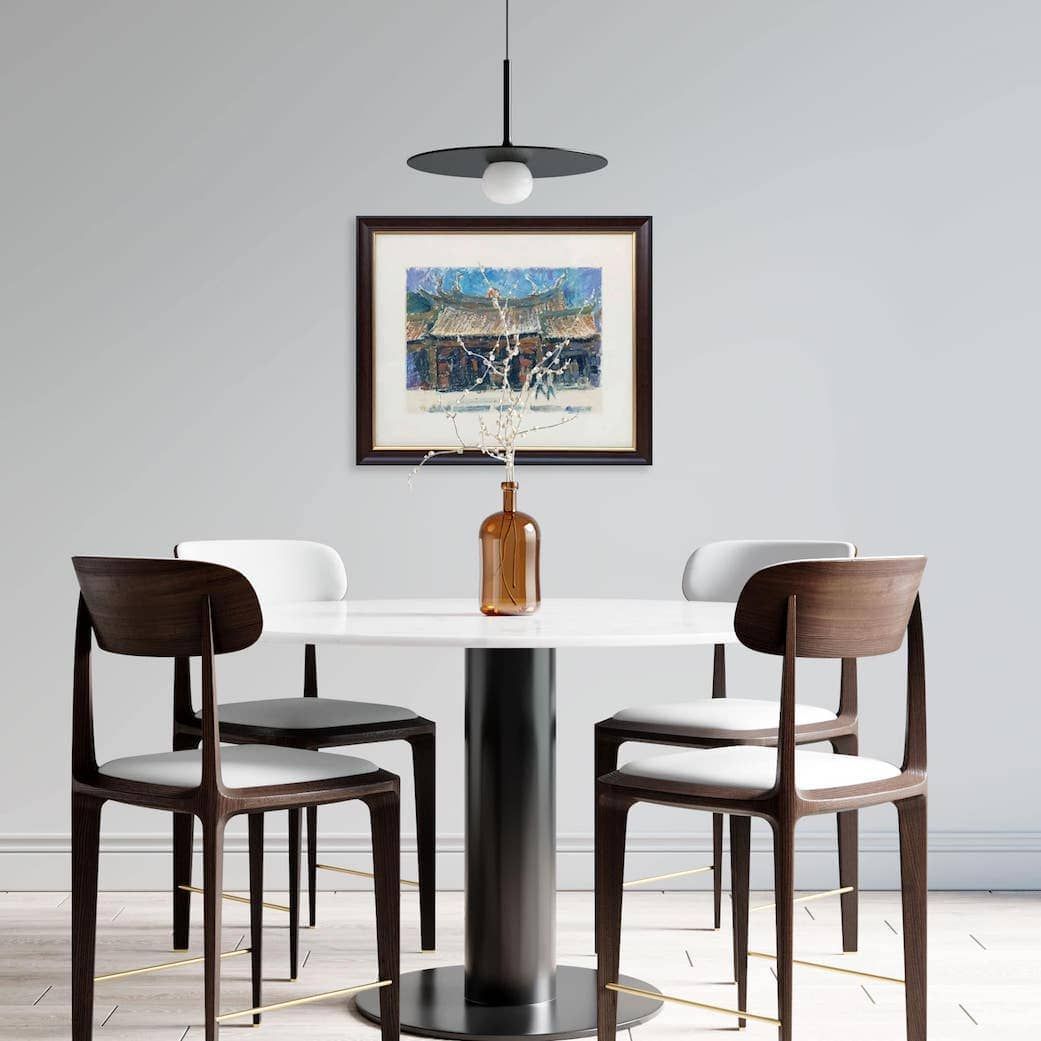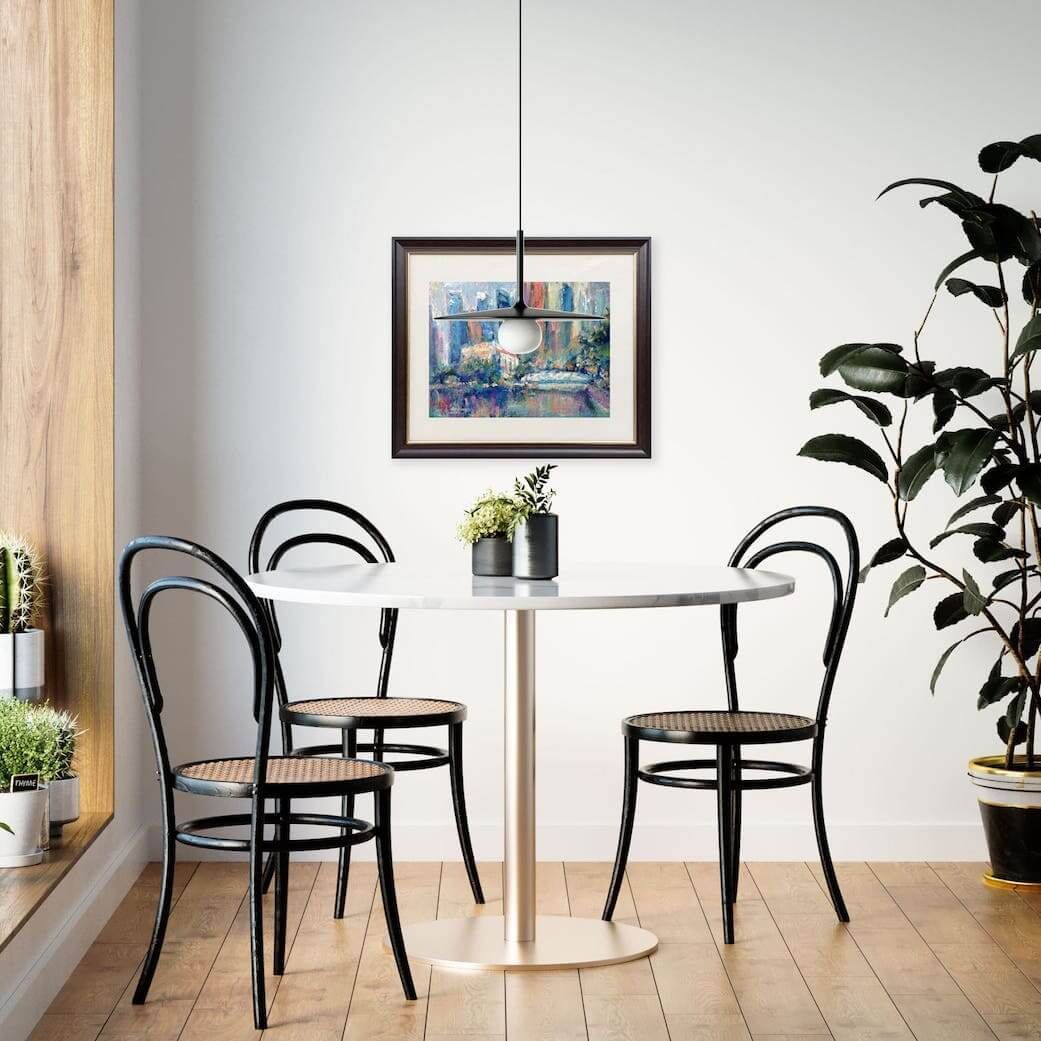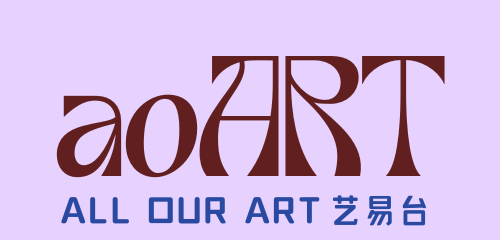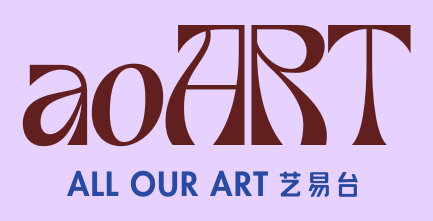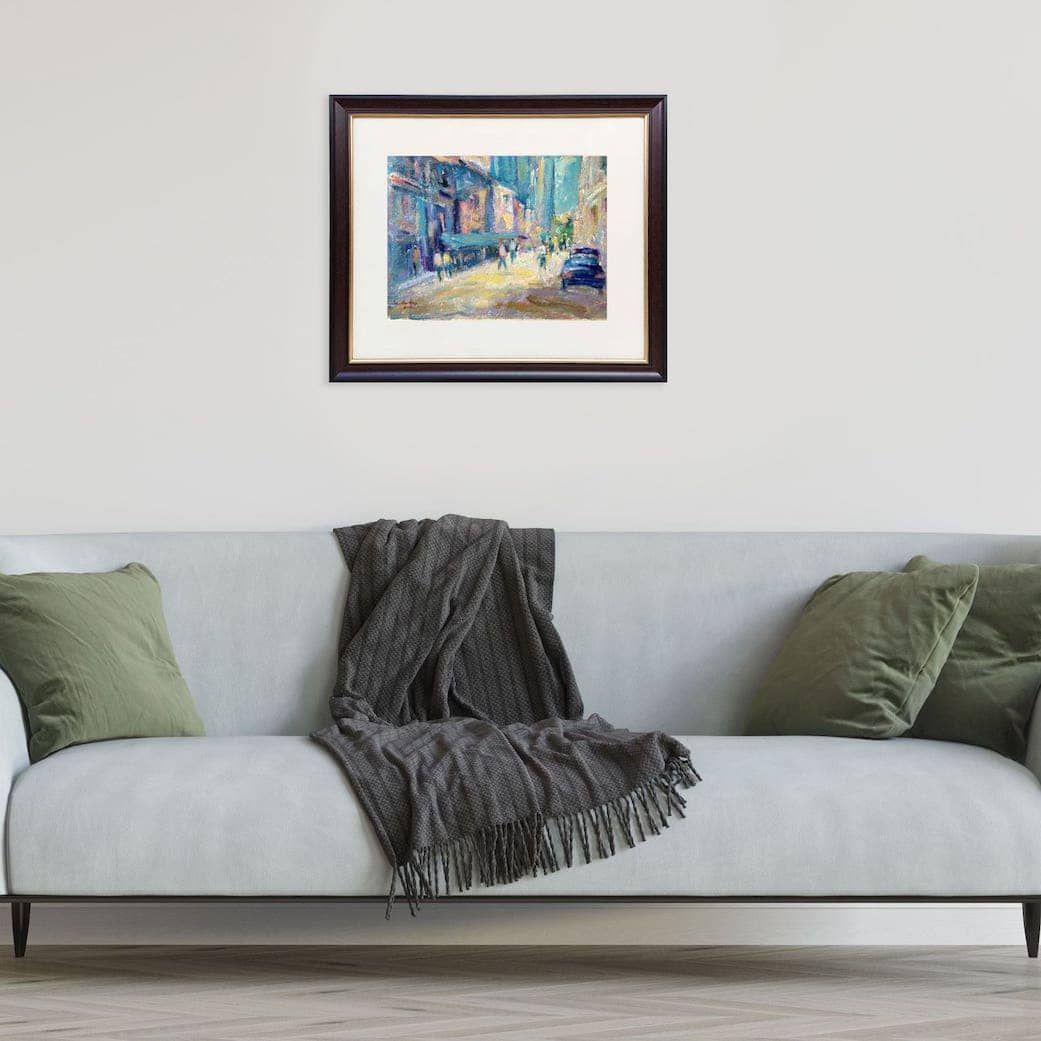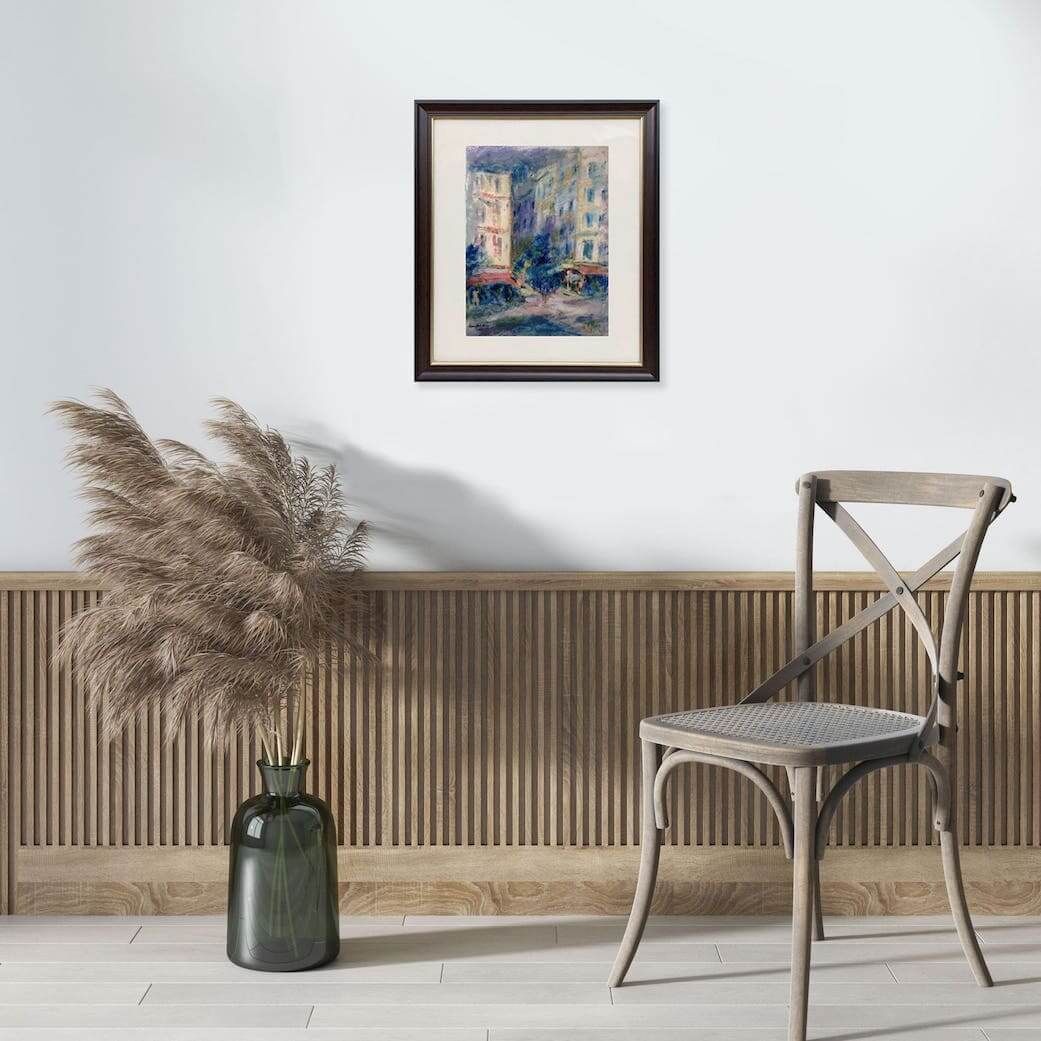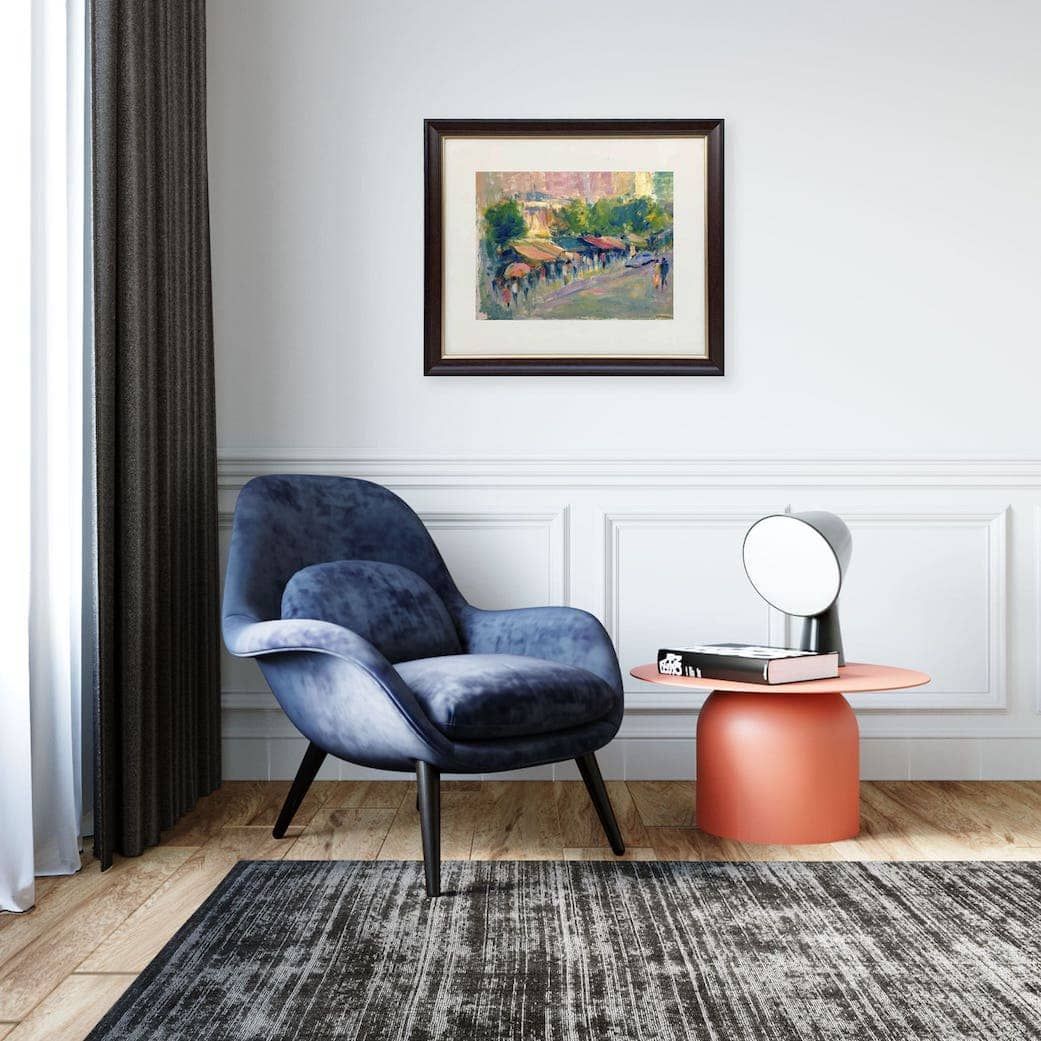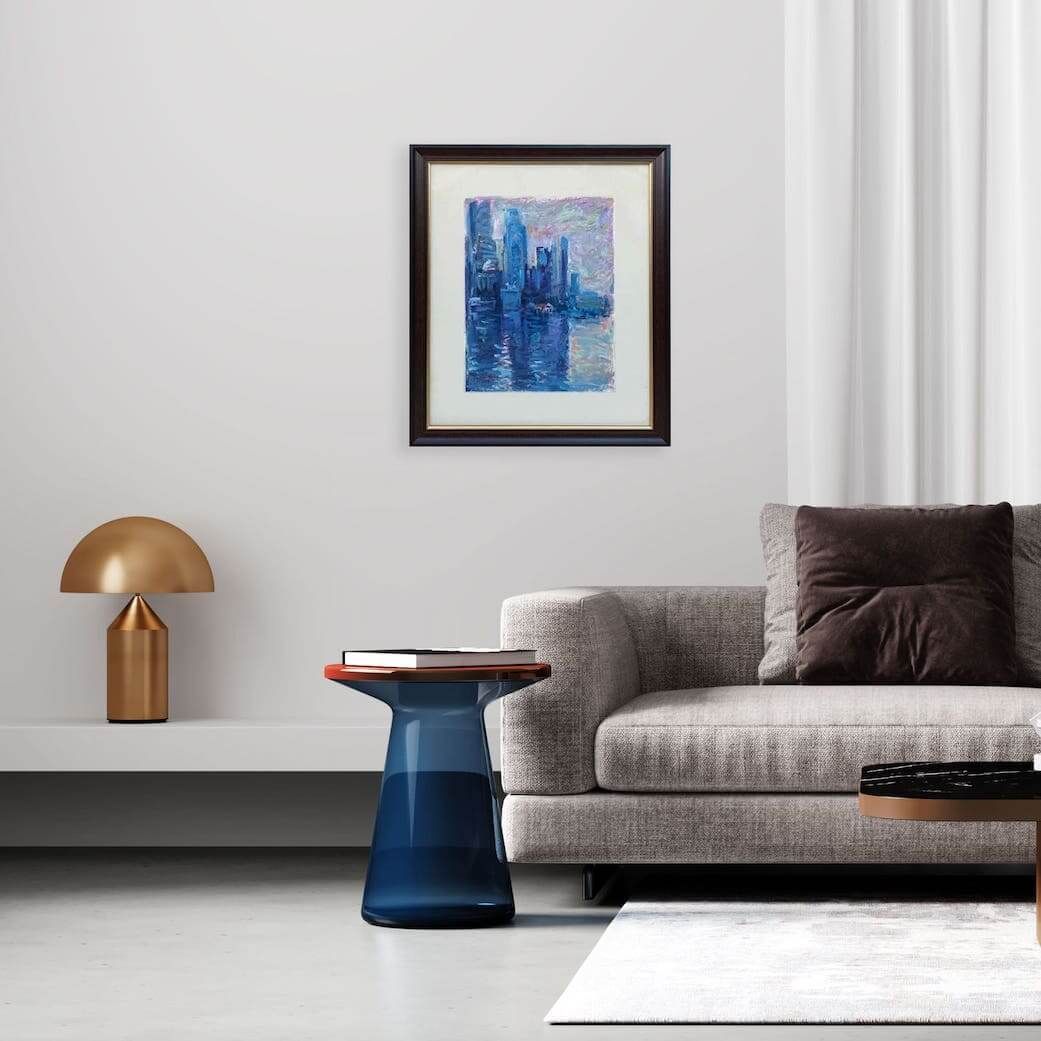Explore Different Avenues for Art Investment
Step 5: Explore Different Avenues for Art Investment
When investing in art, it is crucial to buy from reputable galleries, auction houses, or directly from artists.
Ensure that you receive proper documentation, such as certificates of authenticity, which can significantly affect the value of your investment.
Direct Purchase
Buying directly from galleries, artists' studios, or private dealers is a traditional way to acquire art.
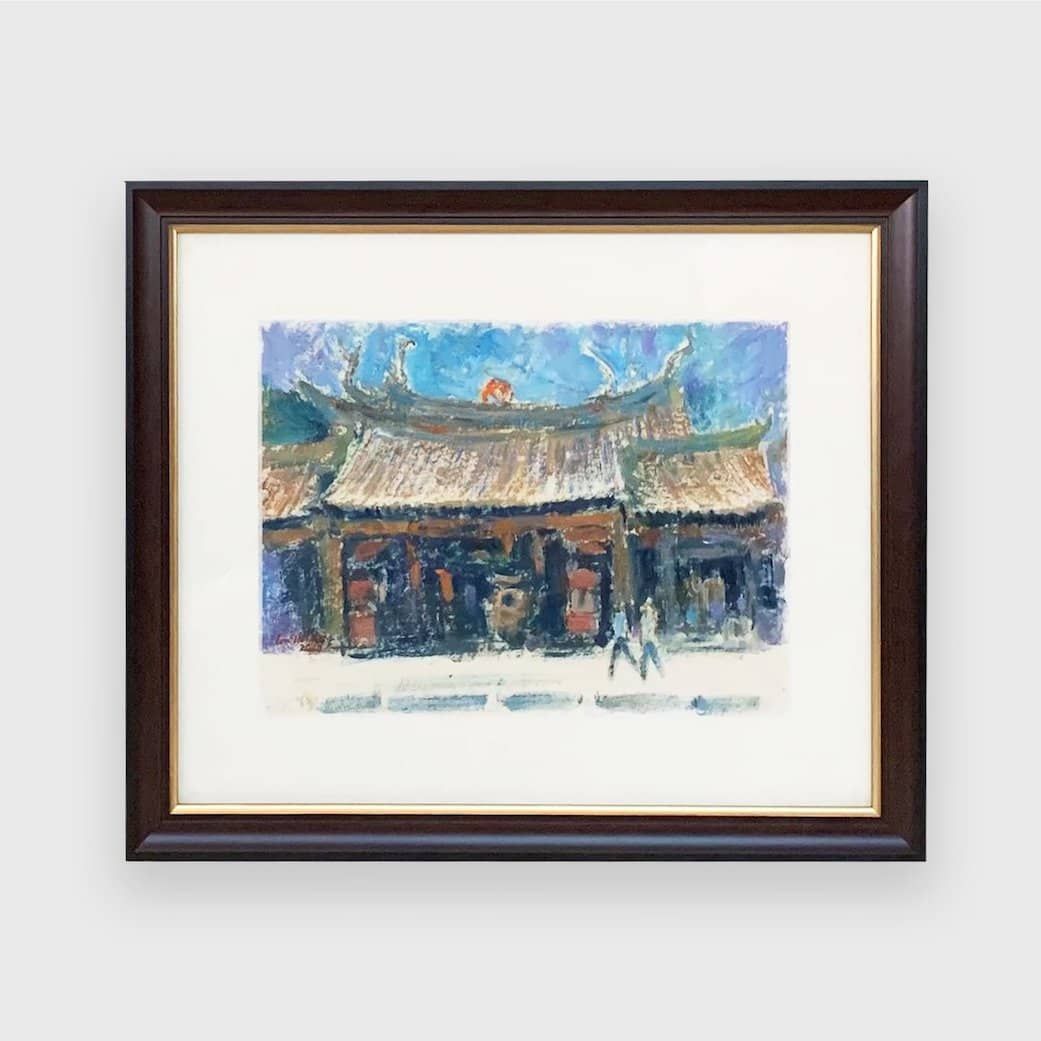
Auctions
Auction houses like Sotheby's and Christie's offer a wide range of artworks, from historical pieces to contemporary works.
Familiarise yourself with the bidding process before participating.
Art Fairs and Exhibitions
Art fairs and exhibitions are fantastic places to discover new artists and network with other collectors.
Attending these events can provide you with valuable insights into the current art market.
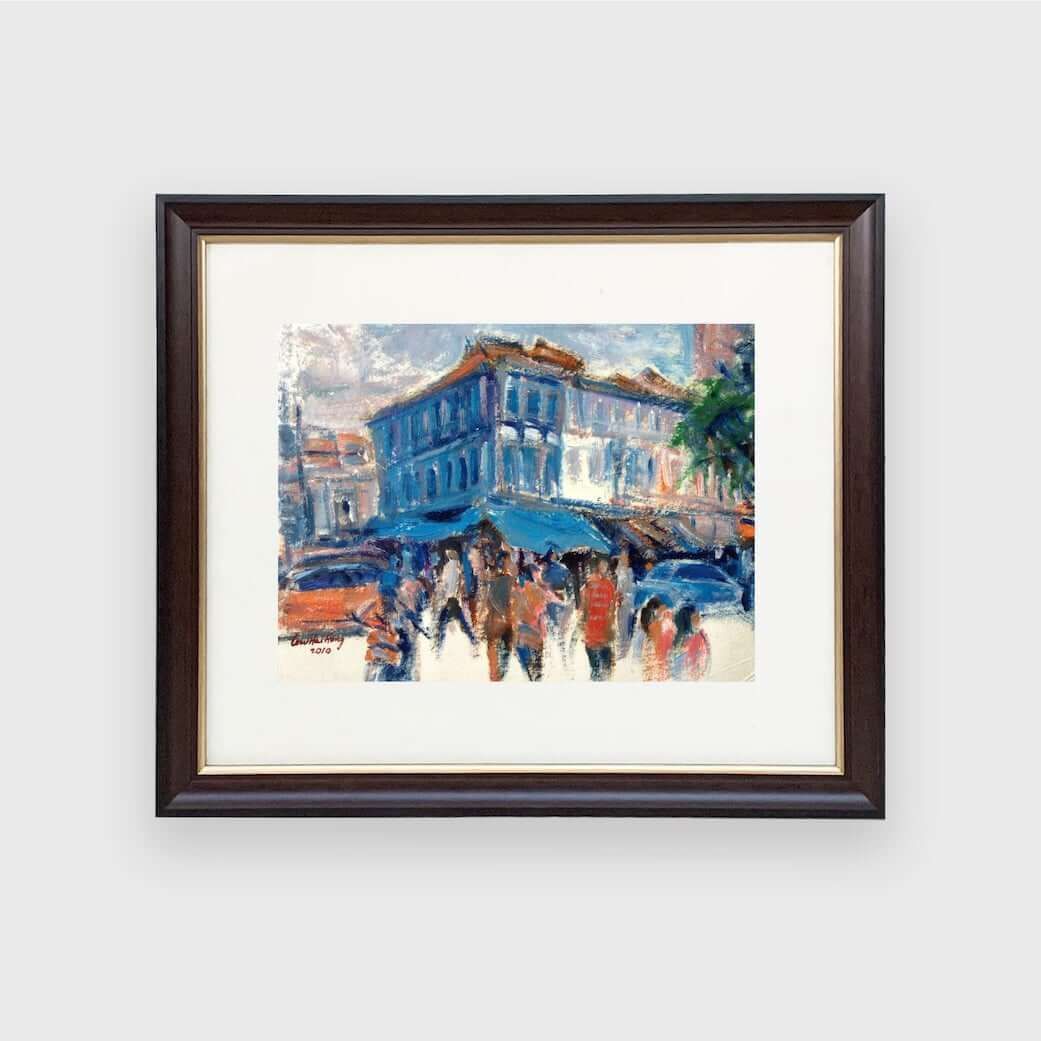
Online Platforms
Numerous online art marketplaces have emerged, making art investment more accessible. Some even offer advisory services.
Fractional Ownership Platforms
This is a newer, increasingly popular option, especially for those with a smaller budget.
Platforms allow you to buy shares in high-value artworks, similar to how you would invest in stocks.
When the artwork is sold, profits are distributed among shareholders.
This can be a great way to diversify your art portfolio without a massive initial outlay.
Fractional ownership platforms like We Are Art Collectors (WAAC) have even launched in Singapore, focusing specifically on making high-value Singaporean art accessible through shared ownership, especially by renowned local artists.
This could be a good entry point if you are keen on established local names without the full price tag.
